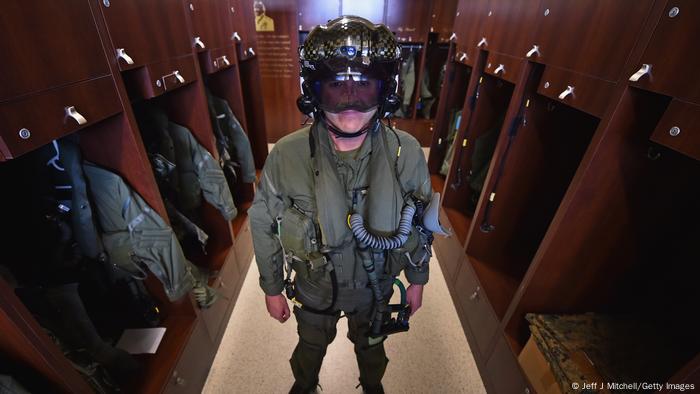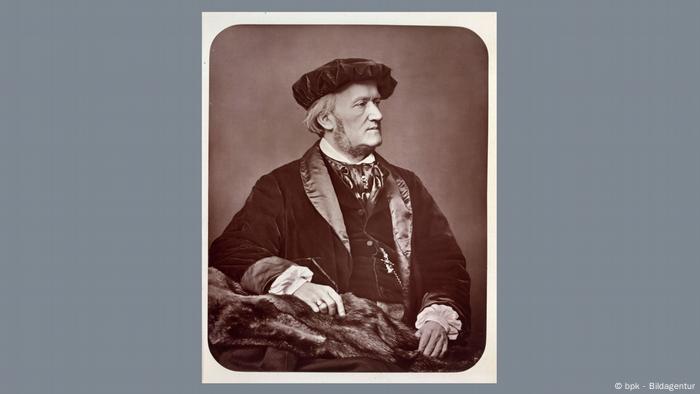By TERRY TANG and MIKE SCHNEIDER

1 of 4
PHOENIX (AP) — Jennifer Chau was astonished last month when the U.S. Census Bureau’s report card on how accurately it counted the U.S. population in 2020 showed that Asian people were overcounted by the highest rate of any race or ethnic group.
The director of an Asian American advocacy group thought thousands of people would be missed — outreach activities had been scratched by the coronavirus pandemic, and she and her staff feared widespread language barriers and wariness of sharing information with the government could hinder participation. They also thought recent attacks against Asian Americans could stir up fears within the Asian population, the fastest-growing race or ethnic group in the U.S.
“I’m honestly shocked,” said Chau, director of the Arizona Asian American Native Hawaiian and Pacific Islander For Equity Coalition.
But Chau and other advocates and academics also believe the overcounting of the Asian population by 2.6% in the once-a-decade U.S. head count may not be all that it seems on the surface. They say it likely masks great variation in who was counted among different Asian communities in the U.S. They also believe it could signal that biracial and multiracial residents identified as Asian in larger numbers than in the past.
The specifics are difficult to determine because all Asian communities are grouped together under the same race category in the census. This conceals the wide variety of income, education and health backgrounds between subgroups and tends to blur characteristics unique to certain communities, some advocates said. It may also perpetuate the “model minority” myth of Asians being affluent and well-educated.
“Asian Americans have the largest income inequality than any other racial groups in the U.S. and the overall overcount likely masks the experiences of Asian ethnic groups who were more vulnerable to being undercounted,” said Aggie Yellow Horse, an assistant professor of Asian Pacific American Studies at Arizona State University.
Almost four dozen U.S. House members this month asked the Census Bureau to break down the accuracy of the count of Asian residents by subgroups. Asians in the U.S. trace their roots to more than 20 countries, with China and India having the largest representation. But the bureau has no plans to do so, at least not in the immediate future.
“To really see how the Asian American community fared, you need lower level geography to understand if there was an undercount or if certain communities fared better than others,” said Terry Ao Minnis, senior director of census and voting programs at Asian Americans Advancing Justice.
Asians were overcounted by a higher rate than any other group. White residents were overcounted by 0.6%, and white residents who aren’t Hispanic were overcounted by 1.6%. The Black population was undercounted by 3.3%, those who identified as some other race had a 4.3% undercount, almost 5% of the Hispanic population was missed and more than 5.6% of American Indians living on reservations were undercounted.
Civil rights leaders blamed the undercounts on hurdles created by the pandemic and political interference by then-President Donald Trump’s administration, which tried unsuccessfully to add a citizenship question to the census form and cut field operations short.
The census not only is used for determining how many congressional seats each state gets and for redrawing political districts; it helps determine how $1.5 trillion a year in federal funding is allocated. Overcounts, which are revealed through a survey the bureau conducts apart from the census, occur when people are counted twice, such as college students being counted on campus and at their parents’ homes.
In the 2020 census, 19.9 million residents identified as “Asian alone,” a 35% increase from 2010. Another 4.1 million residents identified as Asian in combination with another race group, a 55% jump from 2010. Asians now make up more than 7% of the U.S. population.
Some of the growth by Asians in the 2020 census may be rooted in the fluidity of how some people, particularly those who are biracial or multiracial, report their identity on the census form, said Paul Ong, a professor emeritus of urban planning and Asian American Studies at UCLA.
“People change their identity from one survey to another, and this is much more prevalent among those who are multiracial or biracial,” Ong said.
Lan Hoang, a Vietnamese American woman who works at the same coalition as Chau, listed her three young children as Asian, as well as white and Hispanic to represent her husband’s background. She used the census as an opportunity to talk to them about the importance of identity, even reading them a kids’ book about the head count.
“It talks about how important it is that you let others know that you’re here, this is who you represent,” Hoang said. “When I filled out (the form), they were totally surprised. ... ‘Yeah, you’re three different things in one. You’re special.’”
Conversations about declaring one’s Asian background are especially meaningful given the anti-Asian hate brought on by the pandemic, Hoang added. Eight people, including six women of Asian descent, were fatally shot last year at Georgia massage businesses, and thousands more attacks against Asians have happened across the U.S. since 2020.
Such factors may have led some multiracial people who ordinarily would have indicated on the census form that they were white, Black or some other race to instead select Asian, Ong said.
“When that happens, people who are multiracial go in two directions: They reject their minority identity or they embrace it,” Ong said. “With the rise of anti-Asian hostility, it forced some multiracial Asians to select a single identity.”
Another factor that may have contributed to the Asian overcount is the fact that young adult Asians were more likely to be in college than other racial or ethnic groups: 58% compared to 42% or less for young adults of other race or ethnic backgrounds. That may have led them to be counted twice, on campuses and at their parents’ homes, where they went after colleges and universities closed because of the pandemic.
UCLA junior Lauren Chen spent most of her freshman year back home in Mesa, Arizona, in 2020. Her father included Chen on the household census form even though Census Bureau rules said she should have been counted at school. Chen has no idea if she was counted twice.
“UCLA was pretty swamped with trying to figure out how to get people their belongings. ... It was a very messy moment and I don’t think I knew anyone that got mail or anything like that,” Chen said. “(The census) is definitely something that I paid attention to, especially with the way that my Dad focused on it.”
Follow Mike Schneider on Twitter at https://twitter.com/MikeSchneiderAP. Tang reported from Phoenix and is a member of The Associated Press’ Race and Ethnicity team. Follow her on Twitter at https://twitter.com/ttangAP.














